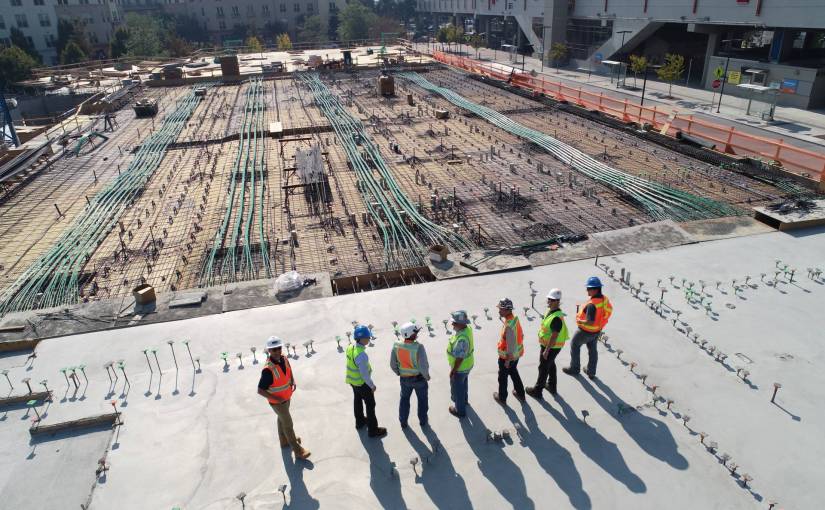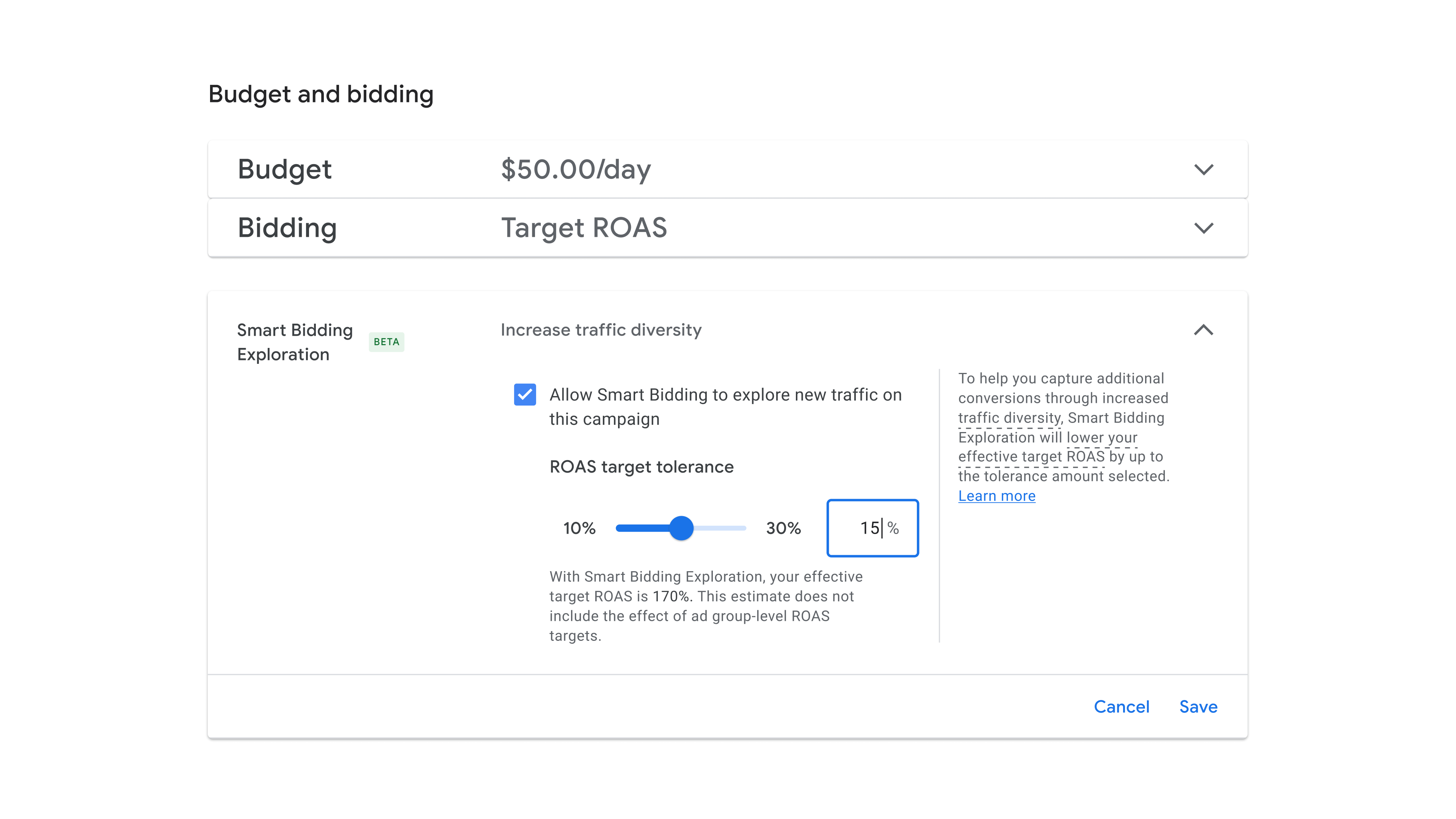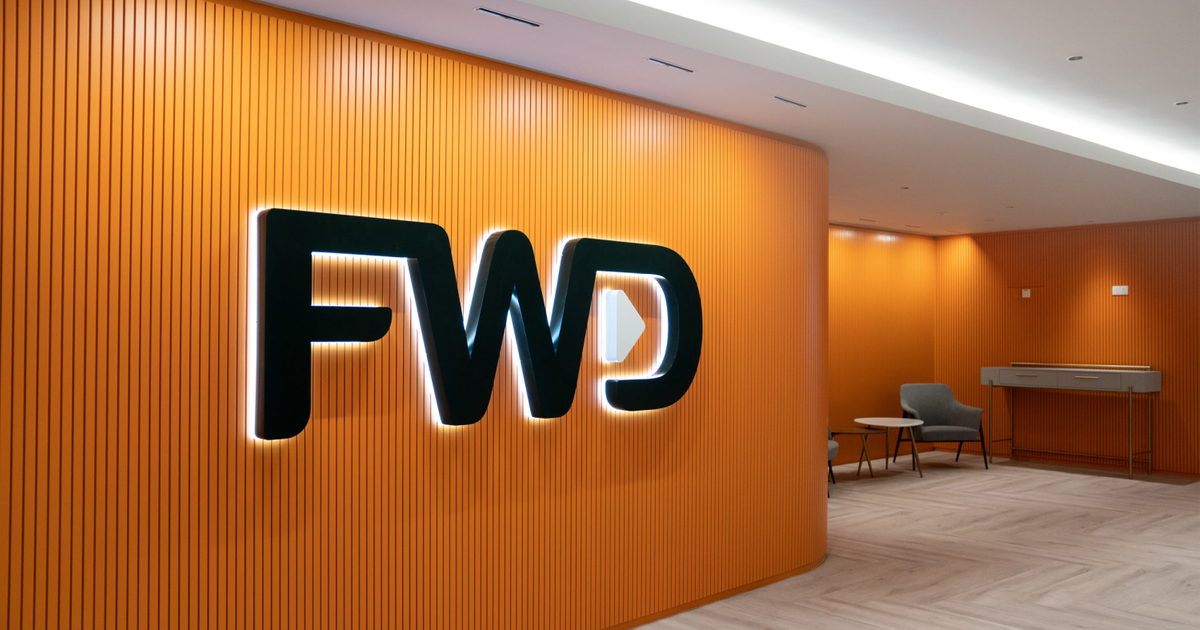How to Improve Your Cement Business’s Customer Service Through AI
More than almost any other industry, concrete and cement drive jobs and infrastructure. About 7.7 million people were employed in construction as of September 2022. That number is only growing: On a year-over-year basis, industry employment increased by 4.2% (or 311,000 jobs) in...

More than almost any other industry, concrete and cement drive jobs and infrastructure. About 7.7 million people were employed in construction as of September 2022. That number is only growing: On a year-over-year basis, industry employment increased by 4.2% (or 311,000 jobs) in July 2022, according to an analysis from the Associated Builders and Contractors. The housing, transportation, and manufacturing sectors would go extinct without the buildings and roads the industry creates.
In short, providing concrete on time and in full keeps the economy growing and thriving.
Cement customers know they can pick the commodity from any number of other vendors in the network, however, and are demanding companies to cater to their needs to keep them happy.
It has never been more important for concrete companies to provide a top-notch customer experience. Most CEOs know that they must offer high-quality customer service to stand out from the rest.
Fewer, however, know exactly how to go about delivering it. Fortunately, there are a number of tools that you, as a concrete and cement industry executive, might not have even considered.
Why the industry Struggles With Providing Solid Customer Service
The success of a concrete company depends on aggressively grabbing market share and a push approach. As an executive, you may lack the proper tools to do accurate customer scoring and segmentation — which, if done right, can provide concrete businesses with higher throughput, better on-time-in-full rates, and healthy margins.
With cement manufacturing limited due to emissions regulations, managing lead times for concrete is becoming harder. The United States imports more cement than any other country.
In 2021, cement imports totaled over 22 million metric tons, valued at $1.83 billion. And like most industries, cement is under growing pressure to increase production and optimize resources. That’s where artificial intelligence can make a real difference.
How to Put AI to Work for Your Supply Chain Operations
AI can be a legitimate game-changer for the concrete industry’s unique struggles. A good AI can pick up on changes in weather, commodity prices, election cycles, and the pace of a project.
It can reorganize an entire network of concrete trucks and optimize your customer mix for better on-time-in-full rates. At the manufacturing level, too, there are numerous applications for AI.
It can help optimize your blend to improve yield, orchestrate alternative fuel use, and even engineer concrete formulas in the lab.
Here are some proven ways that the power of artificial intelligence can benefit your business:
1. Get a Handle on Lead Time.
First, think holistically. Start by understanding the lead times of your cement from the supply side and match them with the lead times you can fulfill on the demand side. You can also use AI to optimize your mix of products, location, and customers to improve your contribution margin, otherwise known as the money generated for each unit sold after deducting your costs.
2. Visualize Customer Behavior.
AI can help you better visualize data for simple, everyday situations, including locating alternative sources and suppliers to gauge the effect on overall costs.
Use AI to Track Key Performance Indicators
With AI, you can track key performance indicators that can help you better understand your customers’ needs, such as their preferred delivery schedules, the frequency of their orders, their demand patterns, and even their return policies.
By using these insights to identify patterns and correlations between various data points in real-time, you can make changes to ensure that your supply chain process is always running smoothly.
3. Gauge Customer Feedback.
Once the order is fulfilled, AI can also be useful in analyzing data on customer feedback and satisfaction levels so you can continually refine your products and services based on real-time insights.
Real-time insights allow you to get ahead of the game and identify trends and patterns in your customers’ buying habits and preferences over time, giving you a much clearer picture of exactly what your customers need and want from your company.
Concrete and cement drive jobs and occupies a unique and important niche in the economy — and helps keep it running. With the help of AI technology, your company can gain a deeper understanding of customers’ needs and optimize your supply chains to meet those needs effectively.
By leveraging the power of existing data and machine learning, you can stay ahead of changing market conditions and deliver unparalleled value.
Featured Image Credit: Provided by the Author; Photo by Scott Blake; Unsplash; Thank you!
Ali Hasan R.
Co-founder and CEO of ThroughPut Inc.
Ali Hasan R. is the co-founder and CEO of ThroughPut Inc., an artificial intelligence supply chain pioneer that enables companies to detect, prioritize, and alleviate dynamic operational bottlenecks.

 Fransebas
Fransebas 
































